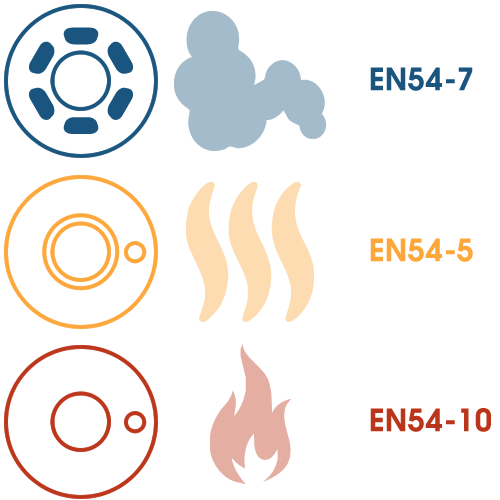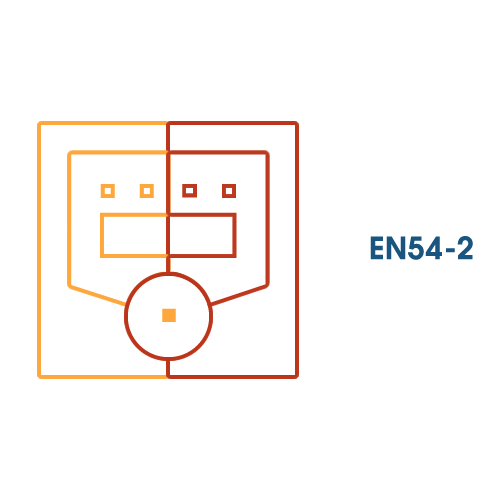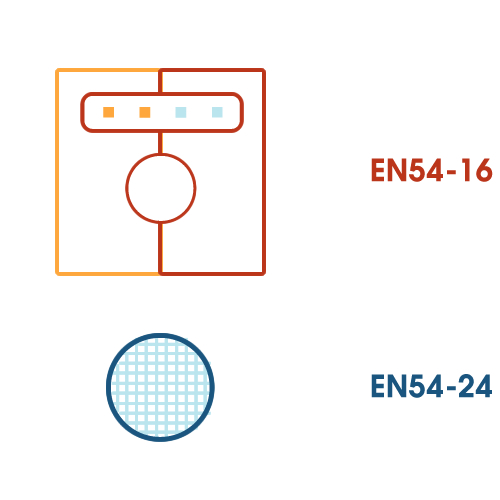Annual testing is a comprehensive inspection of the system and must verify the performance of all components, including the control and Indicating equipment (CIE), functional testing of every detection device, with the phenomena that it is designed to detect, MCP operation, sounder operation, voice alarm message clarity verification, and complete system functionality testing. This comprehensive inspection should be conducted by qualified technicians familiar with EN54 requirements.
Building owners, or their representative, must maintain detailed records of all testing activities, including individual detector test results, system response times, and any defects identified and remedied.
Please refer to BS5839 Part 1 2025 for detailed information.













